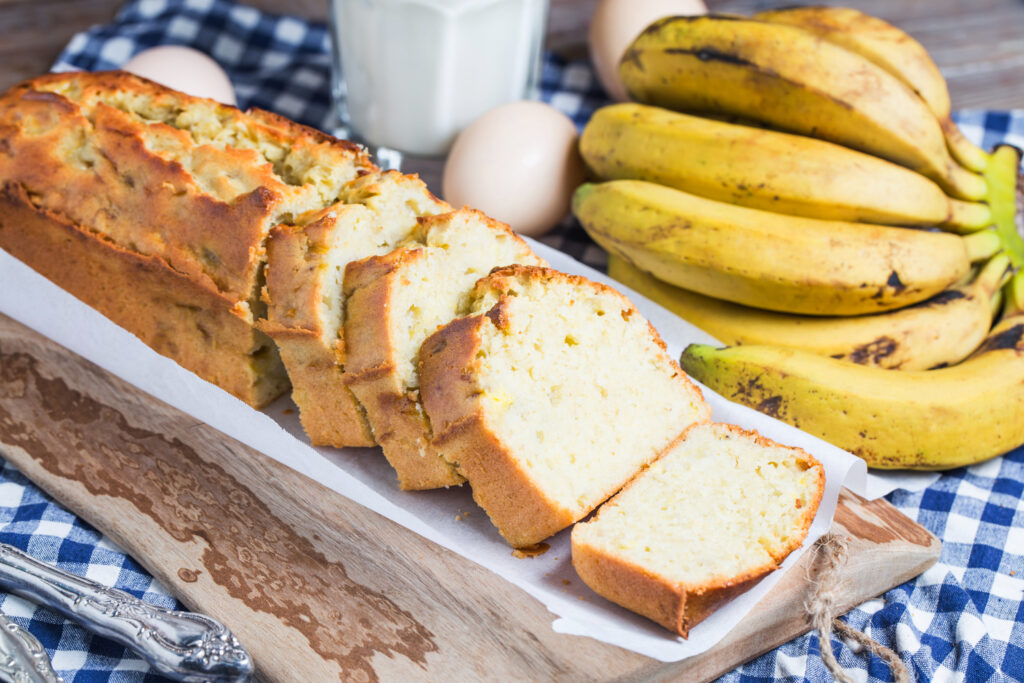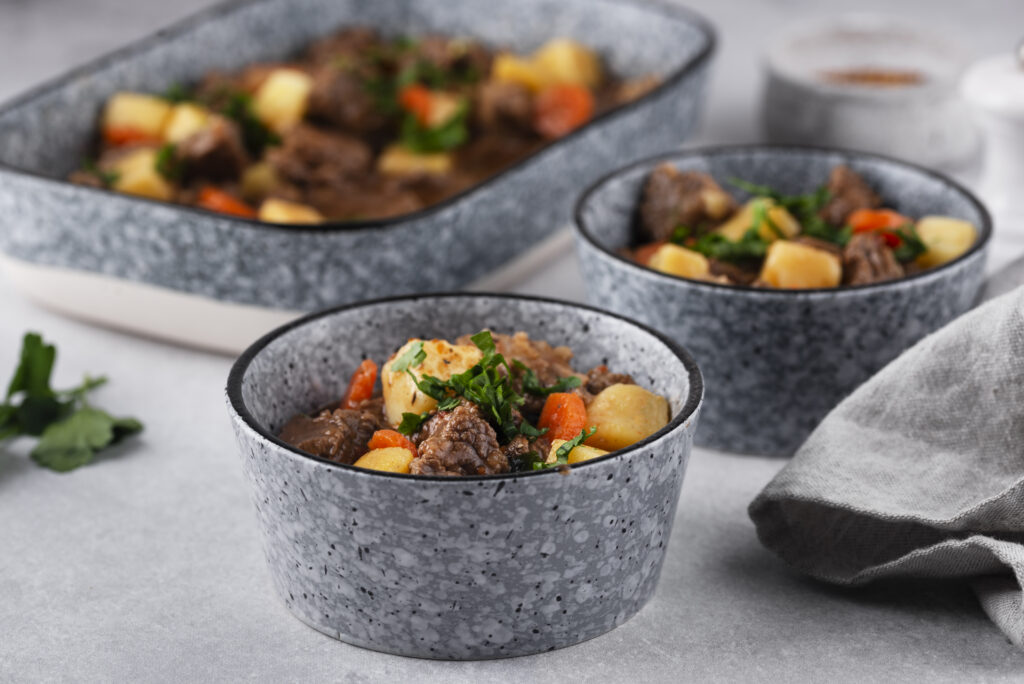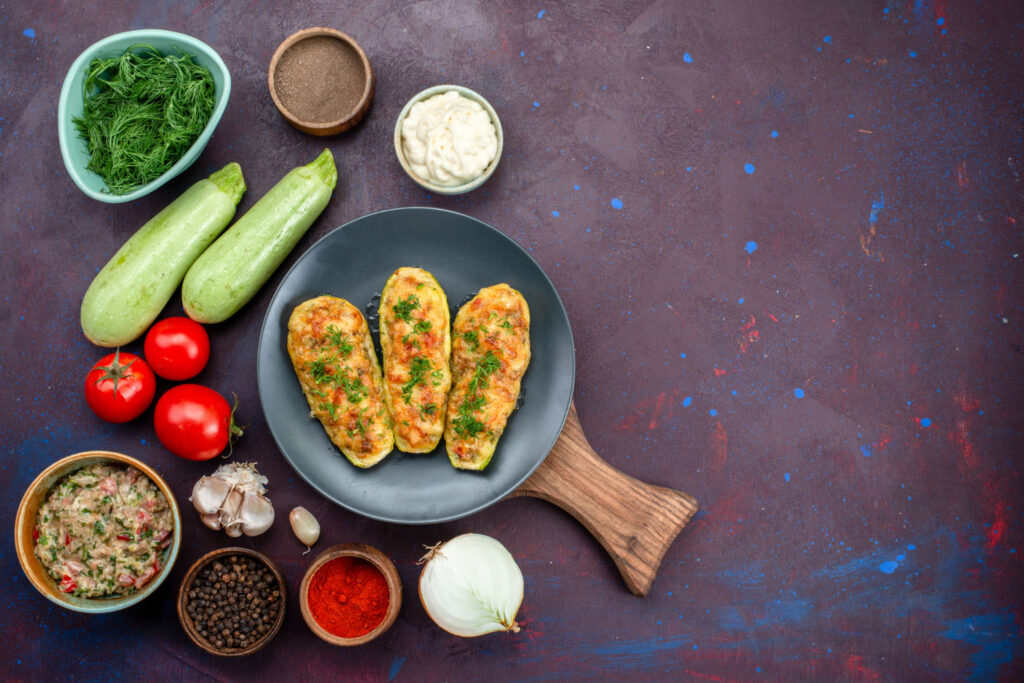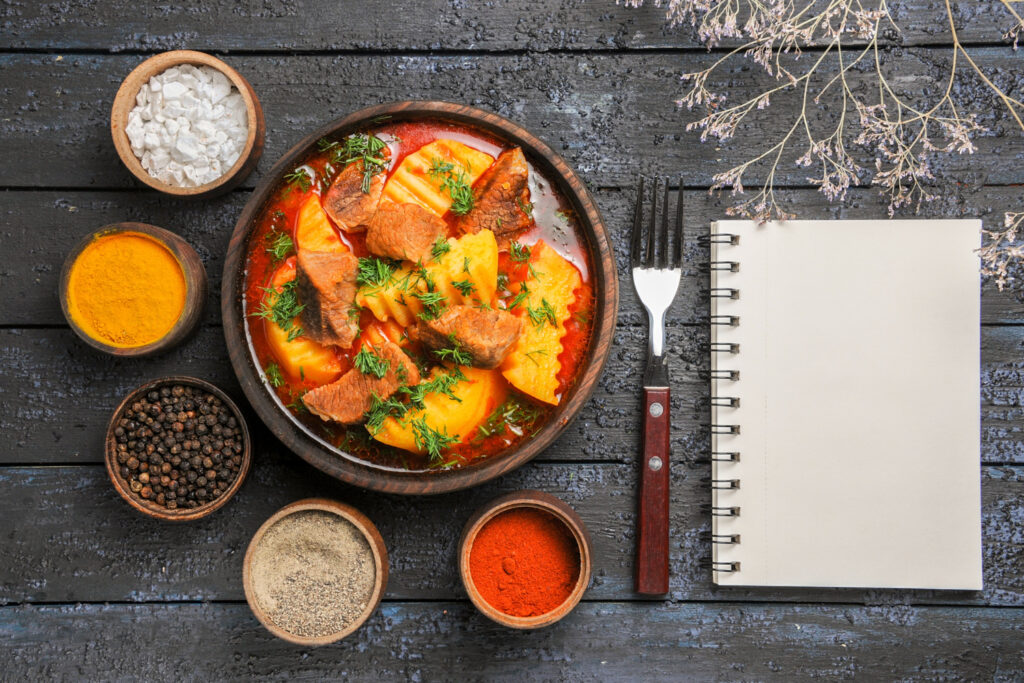Few baked goods bring as much comfort as a warm slice of banana bread. The sweet aroma of ripe bananas filling the kitchen, the golden crust, and the moist center make it a favorite across generations. Whether you grew up eating it at home, discovered it in cafés, or only recently started baking, banana bread has earned its place as one of the most loved homemade treats.
This article brings together everything you need to know about banana bread recipes. We will explore a classic version, tips for keeping it moist and fluffy, healthy alternatives, creative flavor twists, and easy beginner-friendly methods. You will also learn how to store and freeze banana bread so it stays fresh for days. Along the way, we will highlight baking insights and practical advice, ensuring you get the best loaf every time.
Banana bread recipes are more than just instructions; they represent creativity, comfort, and tradition in a single loaf. Let’s dive in.
Classic Banana Bread Recipe
The foundation of all banana bread recipes is a simple loaf that balances sweetness with a tender crumb. At its heart, classic banana bread uses overripe bananas, flour, sugar, butter (or oil), eggs, and a touch of baking soda or baking powder. These pantry staples combine into a soft and flavorful loaf that can be enjoyed plain or dressed up with extras.
The bananas should be very ripe — the darker and softer, the better. The natural sugars deepen as bananas age, which brings both sweetness and moisture. Butter adds richness, while eggs provide structure. Many bakers also add vanilla extract and a pinch of cinnamon, enhancing flavor without overpowering the banana.
Baking time and temperature matter. A classic banana bread is usually baked at 350°F (175°C) for about an hour. The result is a loaf with a golden top, a fragrant interior, and a moist slice that pairs perfectly with coffee or tea.
The beauty of this recipe lies in its reliability. No matter how many variations exist, classic banana bread remains the gold standard for comfort baking.
Moist and Fluffy Banana Bread Variations
While the traditional loaf is beloved, bakers often experiment to achieve the perfect texture. Moisture is the hallmark of good banana bread. A dry loaf usually comes from using too much flour or overbaking. To keep banana bread tender, many recipes incorporate sour cream, yogurt, or buttermilk. These ingredients balance the sweetness while locking in softness.
For a fluffier texture, some bakers cream the butter and sugar together before adding the wet ingredients. This step creates air pockets that make the bread lighter. Others sift the flour to avoid dense slices. Another trick is to avoid overmixing the batter; stirring just until combined ensures the gluten doesn’t toughen the bread.
Oil-based banana bread tends to be extra moist and lasts longer, while butter-based loaves bring richer flavor. Some recipes even blend the two for the best of both worlds. Regardless of technique, these variations show that banana bread recipes can adapt to personal preferences without losing their charm.
Healthy Banana Bread Recipes
Banana bread doesn’t have to be indulgent to be enjoyable. With small changes, it becomes a nourishing treat suitable for everyday eating. Whole wheat flour or oat flour can replace part of the all-purpose flour, adding fiber and a hearty texture. Natural sweeteners like honey, maple syrup, or coconut sugar create a more balanced sweetness.
Some bakers use applesauce or mashed avocado in place of butter or oil, cutting down on fat while maintaining moisture. Adding nuts such as walnuts or almonds boosts protein and provides a pleasant crunch. Seeds like chia or flax bring omega-3s and extra nutrients.
For those watching dairy intake, plant-based milks and oils work well. Vegan banana bread recipes often use flaxseed “eggs” (ground flax mixed with water) to bind ingredients naturally. Gluten-free versions rely on almond flour, rice flour, or a gluten-free blend.
Healthy banana bread recipes prove that comfort food can also align with modern wellness trends. The loaf still tastes delicious, but it also fits into balanced eating habits.
Creative Flavor Additions for Banana Bread
One reason banana bread recipes stay popular is their flexibility. The basic loaf provides a blank canvas for endless creativity. Chocolate chips are the most common addition, melting into rich pockets throughout the slice. Nuts like pecans, hazelnuts, or cashews add depth and crunch.
Spices such as nutmeg, cardamom, or ginger give banana bread seasonal flair. For fruit lovers, blueberries, raspberries, or shredded coconut create refreshing variations. Some bakers swirl in peanut butter, caramel, or Nutella for indulgent layers of flavor.
Savory twists also exist, with touches of rosemary or even a hint of cheddar cheese. The versatility means banana bread can be tailored to any mood, occasion, or taste preference. Each variation tells a unique story, while still being part of the wider tradition of banana bread recipes.
Easy Banana Bread Recipes for Beginners
Baking banana bread is often the first step for new home bakers. The process is forgiving, and the results are rewarding. Beginner recipes focus on straightforward instructions and minimal equipment. Usually, you only need two bowls, a spoon or whisk, and a baking pan.
The key for beginners is not to overthink the process. Ripe bananas are mashed with a fork, wet ingredients are stirred in, and then dry ingredients are gently folded. No mixer is required, and accuracy doesn’t need to be perfect. Even if the loaf doesn’t rise evenly, it almost always tastes delicious.
Beginners can start with small loaves or muffins, which bake faster and are easier to monitor. Over time, confidence grows, and new bakers often experiment with add-ins or substitutions. The approachable nature of banana bread recipes makes them an ideal gateway into home baking.
Storing and Freezing Banana Bread
Banana bread tastes best fresh, but it stores well when handled properly. Once cooled, the loaf should be wrapped tightly in plastic or placed in an airtight container. At room temperature, it stays moist for about three days.
For longer storage, refrigerating the loaf helps, though it may dry slightly. A better option is freezing. Slices can be wrapped individually and placed in freezer bags, making it easy to thaw just what you need. Frozen banana bread keeps its flavor and texture for up to three months.
To reheat, simply warm slices in the oven or toaster. The aroma and taste often feel as comforting as the day it was baked. This makes banana bread recipes perfect for meal prep, holiday baking, or unexpected guests.
Conclusion
Banana bread recipes are more than just instructions for baking; they are a tradition that blends comfort, creativity, and community. From the classic loaf to healthier options, from moist variations to flavor-packed twists, each version has its own charm. The ease of preparation makes it accessible to beginners, while endless customization keeps it exciting for experienced bakers.
Whether enjoyed fresh from the oven, stored for later, or shared with friends, banana bread continues to bring warmth to kitchens around the world. Exploring different banana bread recipes is not just about food; it’s about savoring simple moments of joy.
FAQs
1. What makes banana bread moist instead of dry?
Moist banana bread comes from using ripe bananas, the right balance of wet and dry ingredients, and avoiding overbaking. Ingredients like yogurt or oil also add softness.
2. Can I make banana bread without eggs or dairy?
Yes, many banana bread recipes are easily adapted to vegan diets. Flaxseed eggs, almond milk, or coconut oil work well as substitutes.
3. How ripe should bananas be for banana bread?
The best bananas are very ripe, with dark spots or a nearly black peel. They provide natural sweetness and keep the loaf soft.
4. Can banana bread be made gluten-free?
Absolutely. Gluten-free flour blends, almond flour, or oat flour can replace traditional flour, creating a delicious loaf suitable for gluten-free diets.




